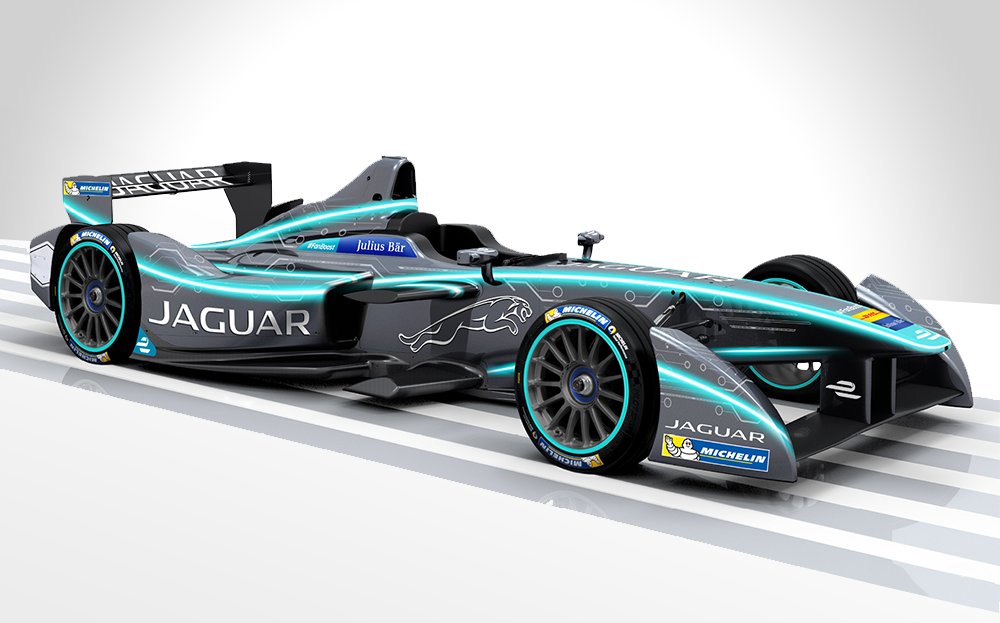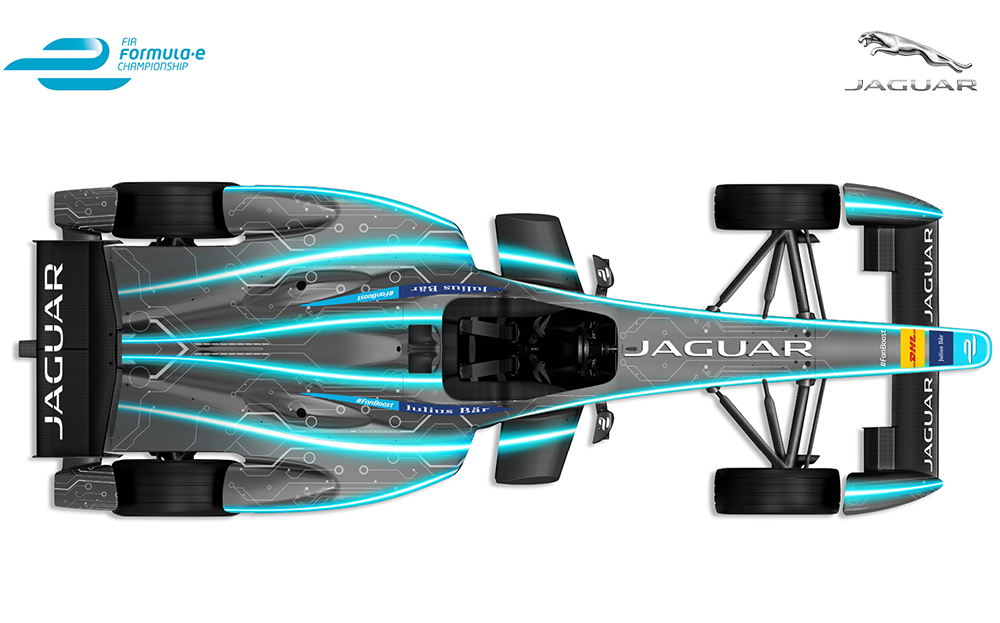Jaguar to return to racing as part of Formula E electric series
Electric racing technology is expected to trickle down to new Jaguar and Land Rover road cars
WHILE Formula One is going through a rough patch, with predictable race results and quarrels over future regulations, the nascent Formula E series appears to be going from strength to strength. The latest big name team to join the pure-electric single-seater championship is Jaguar Land Rover (JLR), which today unveiled plans to enter a team for the third season, which kicks off in September 2016.
View the Jaguar cars for sale on driving.co.uk
The British car maker has set up a Jaguar racing team to run the project, directed by James Barclay. JLR will use the series to test technology that may find its way into the increasingly electrified vehicles sporting both Jaguar and Land Rover badges.
JLR says it has invested £11bn in the past five years in research and development and is spending a further £3bn in the next year. Included in that investment will be “a portfolio of new electric vehicles” across both brands, although Nick Rogers, group engineering director for JLR, wouldn’t reveal whether Jaguar or Land Rover would be first to build an all-electric car. Rumours suggest it could be a Jaguar crossover to rival the Tesla Model X.
“Electric vehicles will absolutely play a role in Jaguar Land Rover’s future product portfolio, and Formula E will give us a unique opportunity to further our development of electrification technologies,” said Rogers.

“It is my belief that over the next five years we will see more changes in the automotive world than in the last three decades. The future is about being more connected and more sustainable; electrification and lightweight technologies are becoming more important than ever as urbanisation continues to increase.”
When the Formula E car first hits the track, it will mark Jaguar’s return to racing for the first time since it pulled out of Formula One in 2004. The company has had most success in endurance racing, first wining the Le Mans 24 Hours in 1951, with the C-type. In 1952 it pioneered the use of disc brakes and in 1953 it took a second overall victory.
Jaguar says a number of high-voltage components and techniques from the C-X75 hybrid prototype supercar project will be transferred to the Formula E car. The C-X75 was developed in partnership with Williams Advanced Engineering, which has supplied the battery system for the first two series of Formula E.
Jaguar will continue its partnership with Williams, although from the third season new powertrain providers are allowed, with battery capacity rising from 28kWh to 32kWh and peak engine power by 25% to 250kW (335bhp).
Computer renders of the car have been released but JLR says the official Jaguar Formula E team name, livery and driver line-up will be announced in the new year.




